What plants grow on acidic soils and how to identify it?
Having planted a plant in a certain area, the gardener is waiting for exuberant growth and active development. But after a while the shrub is not something that cannot develop, it begins to wither and die. What could be the reason? In the acidity of the soil. Sometimes some plants require a specific pH level. Only by observing the structure required for germination and fruiting and soil acidity you can achieve positive results in cultivation.
Content:
- Soil acidity - what is it?
- What flowers like acidic soil?
- What bushes and trees grow on acidic soils?
- What vegetables love acidic soil?
- How to determine the acidity of the soil?
- Low acidity - what to do?
- High soil acidity - how to lower it?
Soil acidity - what is it?
The acidity of the soil is characterized by an indicator at which the level of free hydrogen ions accumulated in the earth, from the chemical reactions that have occurred, significantly accumulates or, conversely, decreases. This process determines the acidity of the soil.
An acidic environment is not suitable for most vegetable bushes and berry plants.
In the soil, acidity is combined with nutrients. But due to the fact that the culture is not compatible with the environment, its roots are not able to absorb the nutrients available in the soil substrate. Thanks to this process, the death of shrubs occurs.
A long period of precipitation contributes to the leaching of acidity from the soil, thereby the soil depletion procedure occurs, which allows the plant to begin to develop. Some mineral fertilizers, when applied for a long time, can acidify the soil to some extent, which is an unfavorable result for a young seedling.
If the plant continues to wither further, a combination of all negative processes for the shrub is observed, which leads to its death. In this case, do not hesitate. It is necessary either to transplant the culture until it has completely lost all its strength for growth, or to deoxidize the soil.
What flowers like acidic soil?
The personal plot does not always have the necessary acidity. Some gardens are pH neutral, others are acidic. Not all plants can live on such soils, but they emit a number of flowers that cannot live on alkaline or neutral environments, they need increased soil acidity:
- Loves acidic soil lupine... With a good pH environment, its growth can reach up to 1.2 meters at the time of flowering in June. In addition, lupine is an excellent green manure, which not only independently saturates the soil with nitrogen during growth, but also after flowering and digging it up together with the soil, contributes to an increase in nutrients in the ground.
- Beauty keeps up with lupine hydrangea... To get a rich pink shade or an original dark blue, the plant should be fed with special additives that increase the acidic environment in the soil.
In addition to these bright representatives of the acidic pH of the environment, there is a list of plants that are unable to germinate on alkaline soil substrates:
- Peonies - they prefer moisture-consuming, highly acidic soils, stretch them up to 1.5 in height on such territories.
- Sunflower (real and decorative) - can reach up to 2 m high, while such a garden decoration will become a real highlight of the personal plot.
- Nasturtiums - the better the environment for them, the brighter the flowers and the richer the leaf plate will be, and the trunk will curl throughout the summer period.
- Roses - this may come as a surprise to many, but the queen of the garden loves the increased pH in the garden.
- Garden poppy - on this kind of soil will riot not only with flowering, but also with gorgeous green leaves.
- Purslane is ground cover - its bright inflorescences will completely braid all free areas of the acidic territory.
In addition to these well-known flowers and plants, they grow with pleasure on acidic soils. ferns, Cassiopeia, various species chrysanthemums, elegant zinnias, cornflowers, forget-me-nots, heather... Doesn't see its existence without increased pH magnolia... Thus, a large number of plants grow on acidic soil, you just need to know which species they are and plant them correctly.
What bushes and trees grow on acidic soils?
When planting garden trees and fruit and berry bushes, you need to take into account their location to the ground. Some crops do not survive at all on strongly acidic soils, others, for example, a pear, eventually get used to acidity and even give a large harvest.
The following trees are distinguished, which are not afraid of the low pH environment on the site:
- Apple tree
- Maple
- Juniper
- Witch hazel
- Magnolia
- Dogwood
- Acacia
- Blueberry
- Birch
- Raspberries
- Viburnum
- Buckthorn
- Honeysuckle
- Rhododendron
- Japanese quince
Most of these plants require a pH in the range of 5.5-6.5. If a neutral or alkaline soil is selected for these plants, this most often does not suit them, which leads to the development of pathogenic bacteria.
Thus, in order for the shrub to develop correctly, the level of soil acidification should be determined before planting. In some cases, if the optimal indicator is insufficient, acidification of the soil substrate is carried out with special preparations or improvised means.
What vegetables love acidic soil?
In most cases, increased acidity adversely affects vegetable crops. On such a substrate, vegetables are often affected by various bacteria of various origins and cannot exist for a long time.
There are 4 groups that subdivide all vegetable plants into lovers of high acidity and, conversely, complete opponents:
- The first group - ardent opponents of the lowered pH level: species cabbage, Red beetroot.
- The second group is ideal for slightly acidic soils: legumes, eggplant, melon.
- The third group - it contains vegetables that normally feel in moderate acidity: pumpkin crops, radish, tomato plants, carrot.
- The fourth group - this list includes plants that get along well on acidic soils: greens and potatoes.
It is important if liming is carried out - to artificially increase the alkalinity of the soil, then after the planted potatoes will soon acquire an unpleasant disease - scab. Therefore, it is not recommended to carry out special work to increase the pH level of the medium in certain areas where crops that do not accept an alkaline reaction should grow.
How to determine the acidity of the soil?
There are various ways to determine what the environment is on the site. There are the following methods for accurately identifying what is the acidity of the soil in the garden:
- Weeds are the best method for identifying soil composition. But based only on the results of your own visual perception, there is a possibility of being wrong. If it grows in the garden nettle and alfalfa or bindweed of various colors grows well, then such a soil is considered alkaline. Otherwise, if horse sorrel, moss, horsetail appear on the ground everywhere and everywhere, mint, wood lice, Ivan da Marya, buttercup - this indicates the increased acidity of this soil substrate.
- Devices - for accurate determination in the industry, special devices have been produced - pH meters. They are available as handheld instruments that allow you to quickly identify the alkalinity of the earth. To use it, remove all debris from the analyzed area, moisten the dried soil with water and wait until it soaks all the soil well. The rod of the appliance should be wiped with a clean cloth and inserted at least 15 cm into the soil. For a more accurate indicator, the soil next to the device should be specially compacted. For the correct result, you need to carry out 2-3 checks in different parts of the entire perimeter and display the average value.
- With the help of litmus tests - they are sold in specialized flower shops. To check, you need to dig out the soil in the required area using a shovel to a level of at least 25 cm.From there, take a few grams of earth, preferably from the wall of the vertical presentation, in order to be sure that this is not the upper layer that crumbled during digging, but the inner layers. Distilled water should be purchased to eliminate any side effects from results with regular tap water or spring water. If this cannot be obtained, then ordinary water should be boiled thoroughly. If, when lowering the litmus paper, it does not change color, then the liquid is suitable for use. The soil taken from the garden is placed in a rag bag and lowered into the prepared water for a period of 15 minutes. The water should be 5 times more than the soil taken (75 ml per 15 g of soil). After that, lower the strip with the indicator for 1-3 seconds. It will instantly begin to change color. After that, you need to bring the reacted piece of paper to the box, where the pH of the medium is marked.
Thus, identifying the environment of a particular area is not as difficult as it seems at first glance. In addition, you can take a sample of your soil substrate and take it for a full examination.
Low acidity - what to do?
If the acidity is too low, it is considered alkaline. The latter is harmful to seedlings - it stops developing, withers. Also, the leaves of fruit plants begin to turn yellow and fall off. This is characterized by a deficiency in the substrate of manganese, iron, zinc and copper, as well as phosphorus.
To increase acidity, perform the following activities:
- Peat is brought in.
- Dig up the soil together with manure or humus.
- The use of spruce branches in the form of mulch not only acidifies the soil, but also saturates it with useful substances.
- Urea has a beneficial effect - not only smoothly reduces the alkalinity indicator, but also is mineral fertilizer.
It is not worth increasing the acidity in sudden jumps. This will not only adversely affect plants, but can also completely destroy trees and shrubs. It is necessary to carry out measures increasing the pH of the sphere carefully and gradually.
High soil acidity - how to lower it?
High acidity negatively affects almost all crops. It reveals a violation of the ratio of protein, carbon, nitrogen and water. In such lands there is a high density, they are heavy. Because of this, nutrient moisture and the required oxygen are difficult to penetrate to the rhizomes of planted plants.
In addition, the substrate contains an increased amount of iron, zinc, phosphorus, manganese. A large amount of these microelements block the normal development of most cultures. Due to this, a significant number of various bacteria that cause diseases accumulate in the soil.
To reduce high acidity, dolomite flour, powder lime, marl, and slaked lime - fluff are used.To lower the pH level, gardeners mix the soil with a large amount of the selected agent, evenly distributing the entire substrate over the site. This procedure is carried out once every 3-6 years. After the event, soil deoxidation is carried out over the next 3-4 months.
You can also use wood ash, which not only gently reduces acidic soil, but also introduces beneficial elements into the soil.
Thus, for the normal growth of most trees, fruit crops and various flowers, it is better to select a soil with neutral acidity. But for certain, requiring an increased or decreased environment, there are recommendations on how to increase this indicator.
More information can be found in the video:




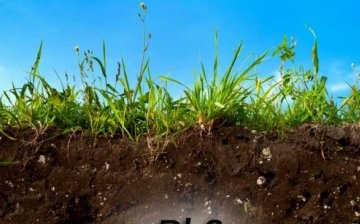

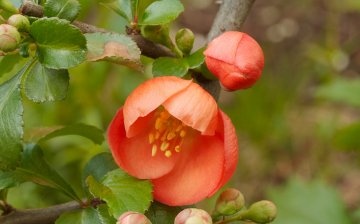
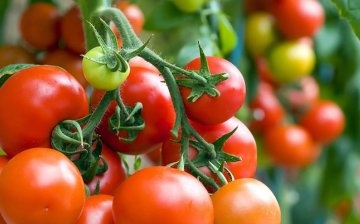
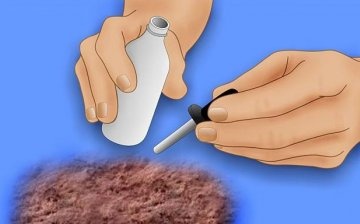
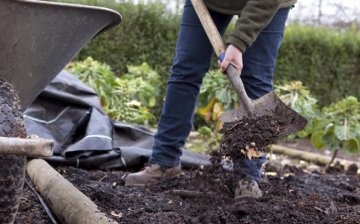









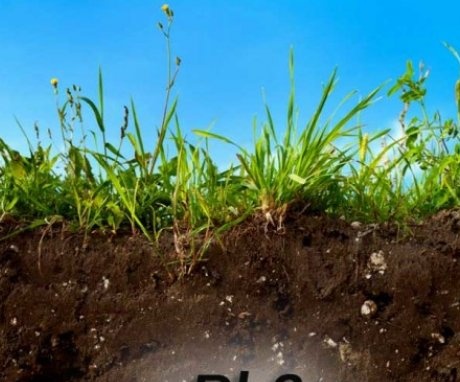
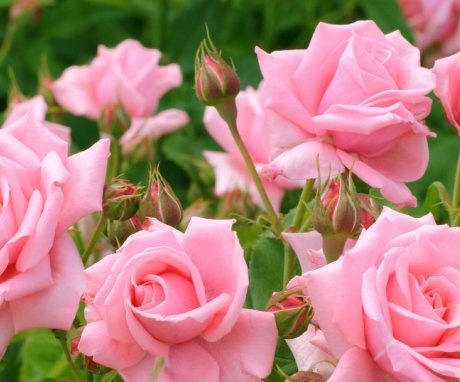
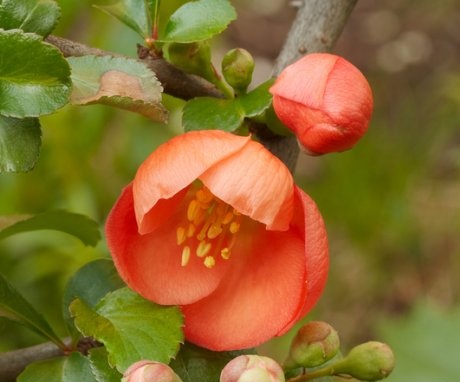
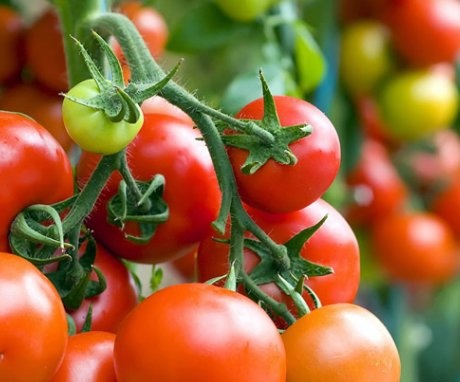
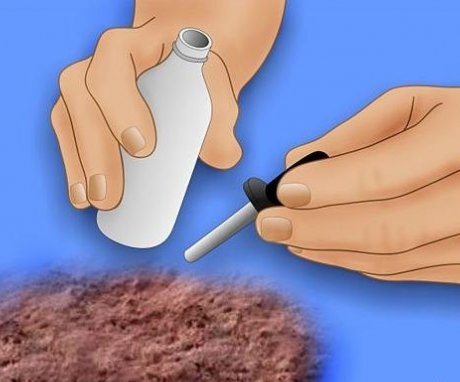
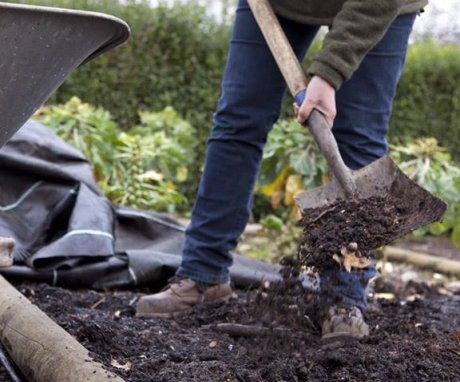
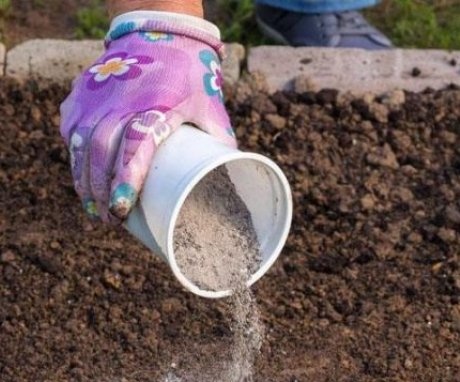
It turns out that acidic soil is most loved by flowers, but the rose is also useful, especially when it grows in the form of a rose hip. Rose hips can be brewed as tea and drunk.